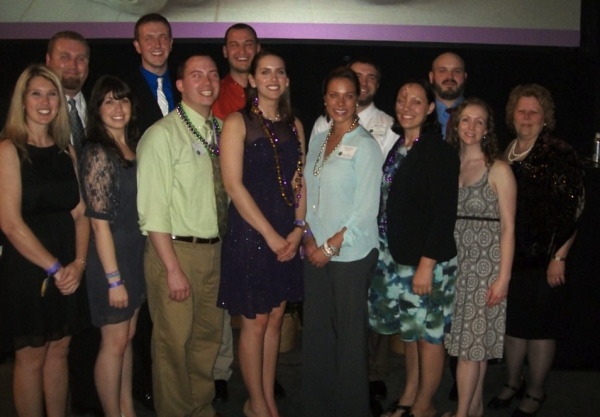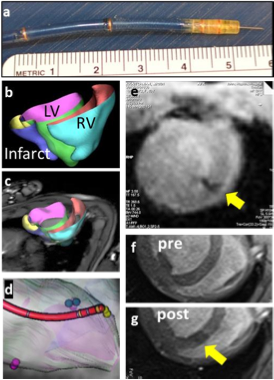Condor Project
 Wednesday, April 3, 2013 at 06:35PM
Wednesday, April 3, 2013 at 06:35PM Entry, Experiences
Jana Mazor-Thomas, Tufts
 Last June, I was lucky enough to go on what is pretty much my dream externship: working with Dr. John Bryan of the National Park Service, on the California Condor recovery project at Pinnacles National Monument.
Last June, I was lucky enough to go on what is pretty much my dream externship: working with Dr. John Bryan of the National Park Service, on the California Condor recovery project at Pinnacles National Monument.
For those who are not obsessed with birds, the appeal of this is probably a little hard to imagine. Condors are huge, stinky, sometimes angry birds. They live primarily on carrion and the bacteria in their mouths are the ones that are nasty enough to out-compete all the bacteria that grow on dead animals. They're also unbelievably beautiful, critically endangered, the largest bird in North America - and a fantastic story about how medical care and the dedication of hundreds of people kept this apex species from extinction and now on the road to recovery. So for a bird nerd? Yes, the elective of a lifetime.
The biggest source of mortality for the condors is still lead poisoning from bullets left in carcasses by hunters. Medically, most of the work done revolves around treatment for lead poisoning. At least twice a year, the condor crew try to trap every condor in their management area and check their lead levels, then chelate them if need be. Sadly, their lower cutoff for birds that need chelation has to be well above what we consider acceptable in other raptors, because otherwise, nearly every condor would still be in captivity for treatment, and the goal of this project is to return these birds to a life in the wild that does not require human intervention.
Capturing and restraining an easily-stressed bird with a ten-foot wing span is not a job for the faint of heart!
 Externship,
Externship,  Tufts,
Tufts,  avian medicine,
avian medicine,  wildlife in
wildlife in  Experiences
Experiences 




